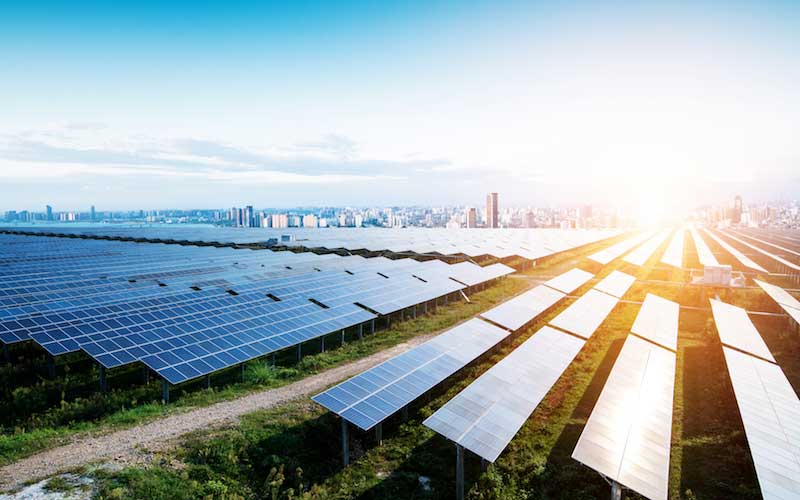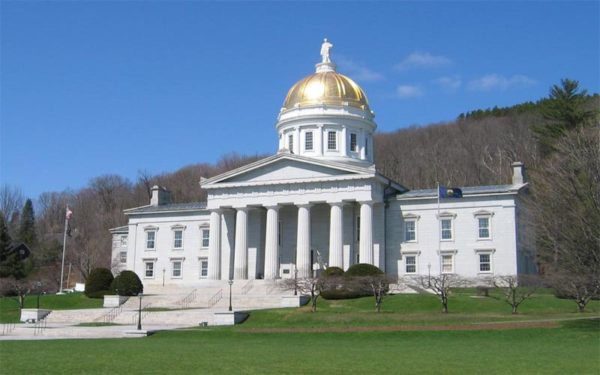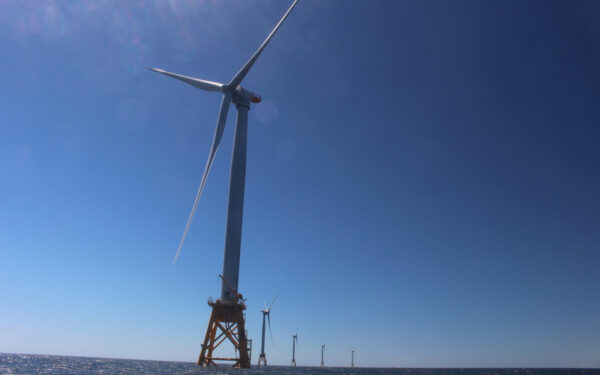
Clean energy has an important role to play in the fight against climate change. Photo Credit: Shutterstock
It’s officially 2020. As we look ahead to a new year – and a new decade – I’m feeling hopeful. Despite a shaky climate conference and a federal government that continues to roll back environmental protection, the decade ahead is one in which we will make meaningful strides in the fight against climate change.
How do I know? Because CLF is no stranger to tough fights and seemingly impossible odds. In our 50-plus-year history, we’ve taken on – and taken down – Goliaths, from Big Coal to Big Gas. In the past 10 years, we’ve moved the needle on climate, and those successes have laid the foundation for the work we must do in the 10 years to come.
Here’s what we have learned from the biggest battles of the past decade – and what we must, and will, do before we reach 2030.
Coal Goes Out, Clean Energy Comes In, and Big Gas Gets Blocked
- New England goes coal free. In 2012, we set out to shut down coal in New England – and we succeeded. While coal still hangs on in New Hampshire, our region now gets less than 1% of its energy from this outdated fossil fuel.
- CLF and Burrillville defeat the Invenergy gas plant. After nearly five years battling Invenergy, we sent the fossil fuel developer home packing. The company planned to build a power plant in the forest of Burrillville, Rhode Island, that would have harmed the community and spewed carbon pollution into the air for decades. With Invenergy’s defeat, Rhode Island and CLF can focus on achieving the State’s goal of 1,000 megawatts (two power plants worth) of new renewable energy by the end of 2020.
- We stop the Kinder Morgan pipeline. After three years of Kinder Morgan and other gas companies urging the region to buy into their unnecessary dirty mega-pipelines, we and our partners finally pulled the plug on the Northeast Energy Direct project in 2016. We fought the project on multiple fronts – including in the Massachusetts Supreme Judicial Court – and proved Kinder Morgan’s dire predictions about rolling blackouts completely wrong. Our region didn’t need the gas, or the pollution, from this misguided project.
- The nation’s first offshore wind turbines power Block Island, Rhode Island. The five-turbine Deepwater Wind farm started producing electricity in late 2016 and now powers roughly 17,000 homes and businesses with clean, renewable energy. The wind farm shows that this clean, renewable energy has huge potential to power our entire region. Inspired by this first project, Massachusetts, Connecticut, and Rhode Island are all investing heavily in offshore wind, with numerous projects anticipated in the early 2020s.
- New England States pass enforceable climate laws (and CLF defends them). We pushed Massachusetts to pass a Global Warming Solutions Act in 2008 and then defended that law when the State failed to fully enforce it. The Massachusetts Supreme Court agreed, and our effort resulted in new regulations to cut carbon pollution in the state. That bill then served as a model for a climate law passed in Maine earlier this year.
- We pass major, nation-leading laws to reduce gas Massachusetts has some of the oldest gas infrastructure in the country, and much of it is leaking methane. We pushed the State to clean up this dangerous system. We also showed that new investments in gas infrastructure to heat our buildings will be losing bets and that it’s time to electrify heating instead.
Dirty Gas’s time is up. Clean energy and electric cars are the way forward.
As we begin 2020, offshore wind is at our fingertips, climate laws are forging ahead, and we’re putting ExxonMobil on trial for its dangerous climate deceit. However, carbon pollution is still on the rise in New England, and the world is not on track to meet its emissions targets. Our region must step up.
By 2030, we must be halfway toward our goal of eliminating climate-damaging emissions. This means getting off gas, building out clean energy, electrifying our heating, and transforming our transportation system to rely on clean cars, trucks, and buses. Here’s what we must do in the next decade to get us on track to avert climate catastrophe.
- Binding laws put every state in New England on a path to slash carbon pollution. Massachusetts, Connecticut, and Maine all have strong, enforceable climate laws that mandate reductions of emissions. Now, the rest of the region must follow suit. This is the most responsible way for the region to ensure that it’s on track to drastically cut emissions well before 2030.
- Clear roadmaps establish how states will reach their 2050 targets. New England states might have goals – or even laws – establishing their emissions targets. But having detailed plans to reach these milestones will guarantee success. By 2030, every state in New England must be following a concrete plan to reach its 2050 targets. These plans must direct the necessary cuts to emissions in a way that takes care of our already overburdened communities and supports a robust, thriving economy.
- Clean energy overtakes fracked gas in New England. Our region is over reliant on gas, a dirty and dangerous fossil fuel, to heat and power our homes. Before this decade comes to a close, we must leave gas behind in favor of clean, renewable energy.
- Offshore wind comes full force to the waters of New England. Plans are in the works for several offshore wind farms in New England. Despite federal setbacks, we won’t let this source of clean energy stall out. Properly sited, large-scale offshore wind creates local jobs and provides the clean power we need to reduce emissions and air pollution.
- Carbon pollution from our cars, trucks, buses, and trains drops substantially. More than a third of our region’s emissions come from transportation, including the cars and trucks we drive every day. We’re working to reform our transportation system by expanding public transit and running our cars, trucks, buses, and trains on clean electricity from renewables like solar and wind. Regional programs like the Transportation Climate Initiative – which aims to improve transportation and lower carbon emissions while sharing costs among multiple states – can help.
Even More Reasons for Hope
Our goals for the next decade are bold and ambitious. As we work to achieve this future, I have only to look to our past to find reasons to be hopeful that we can, and will, succeed.
The real common thread from this year to next, however? You: our supporters and activist community. It’s only with your support that we’re able to take on these long, tough fights and win.
The work ahead won’t be easy, and success won’t be attained overnight. That’s why we need you to stay active in these fights in 2020 and beyond. Sign up for our mailing list to receive critical updates about when you can make your voice heard. And if you can, give to CLF to help us continue this work to create a healthy, thriving New England for generations to come.




